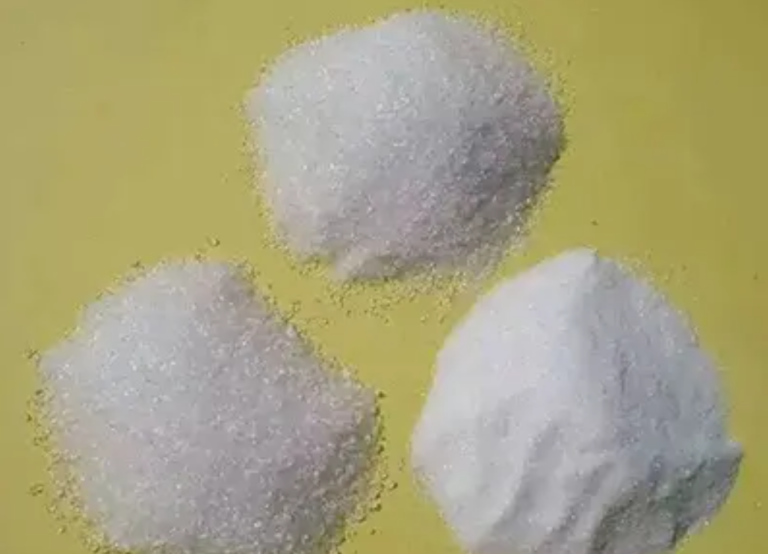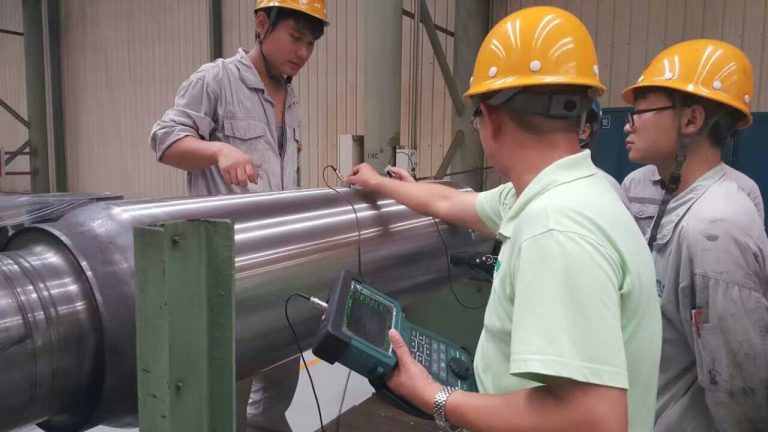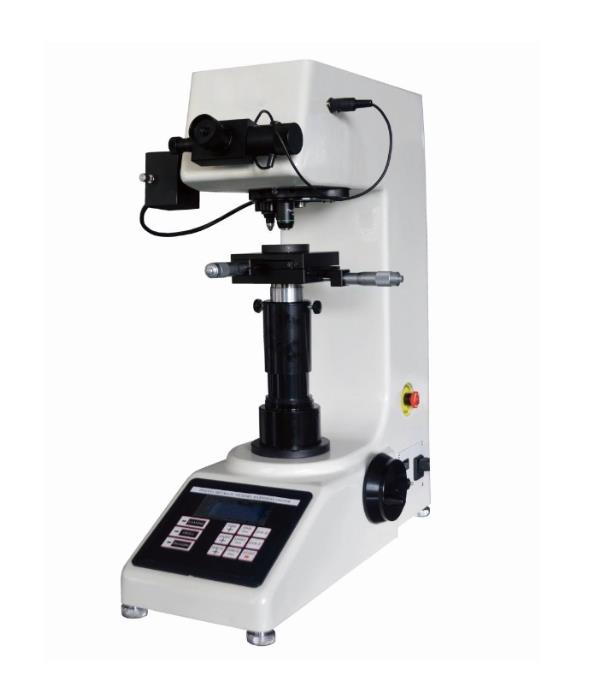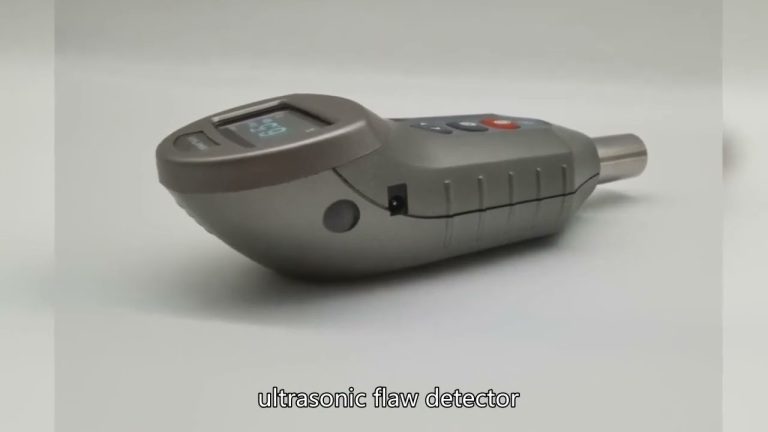Non-destructive testing is a test method to check the surface and internal quality of the inspected part without damaging the working state of the workpiece or raw materials.
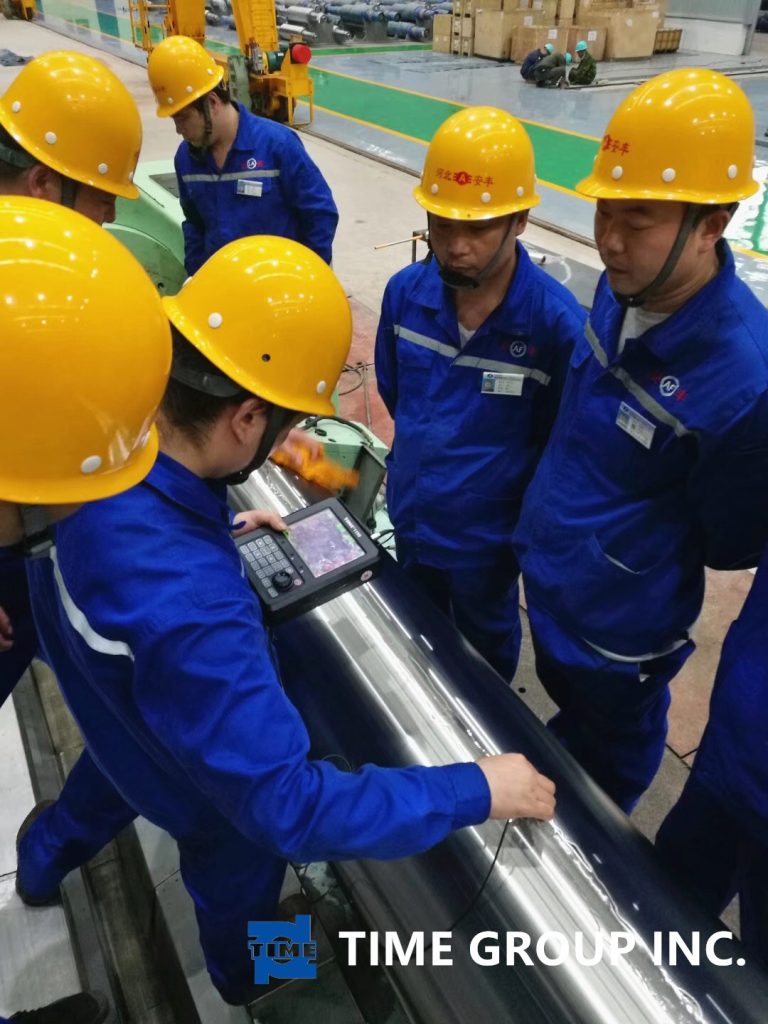
- What is non-destructive testing?
Answer: Non-destructive testing is a test method to check the surface and internal quality of the inspected part without damaging the working state of the workpiece or raw materials. - What are the commonly used flaw detection methods?
Answer: Commonly used nondestructive testing methods include: X-ray testing, ultrasonic testing, magnetic particle testing, penetrant testing, eddy current testing, gamma ray testing, fluorescent testing, coloring testing and other methods. - Explain the principle of magnetic particle flaw detection?
Answer: Its basic principle is: when the workpiece is magnetized, if there is a defect on the surface of the workpiece, magnetic flux leakage will occur due to the increase of the magnetic resistance at the defect, forming a local magnetic field, and the magnetic powder will display the shape and position of the defect here, thus Determine the existence of defects. - Describe the types of magnetic particle inspection?
Answer: 1) According to the different magnetization directions of the workpiece, it can be divided into circumferential magnetization method, longitudinal magnetization method, composite magnetization method and rotary magnetization method.
2) According to the magnetization current used, it can be divided into: DC magnetization method, half-wave DC magnetization method, and AC magnetization method.
3) According to the preparation of magnetic powder used in flaw detection, it can be divided into dry powder method and wet powder method. - What are the defects of magnetic particle testing?
Answer: The magnetic particle flaw detection equipment is simple, easy to operate, fast in inspection, and has high flaw detection sensitivity. It can be used to find surface or near-surface defects of ferromagnetic materials nickel, cobalt and their alloys, carbon steel and some alloy steels; it It is suitable for the inspection of cracks on the surface of thin-walled parts or welds, and can also reveal incomplete penetration defects of a certain depth and size; but it is difficult to find pores, inclusions and defects hidden deep in the weld.

